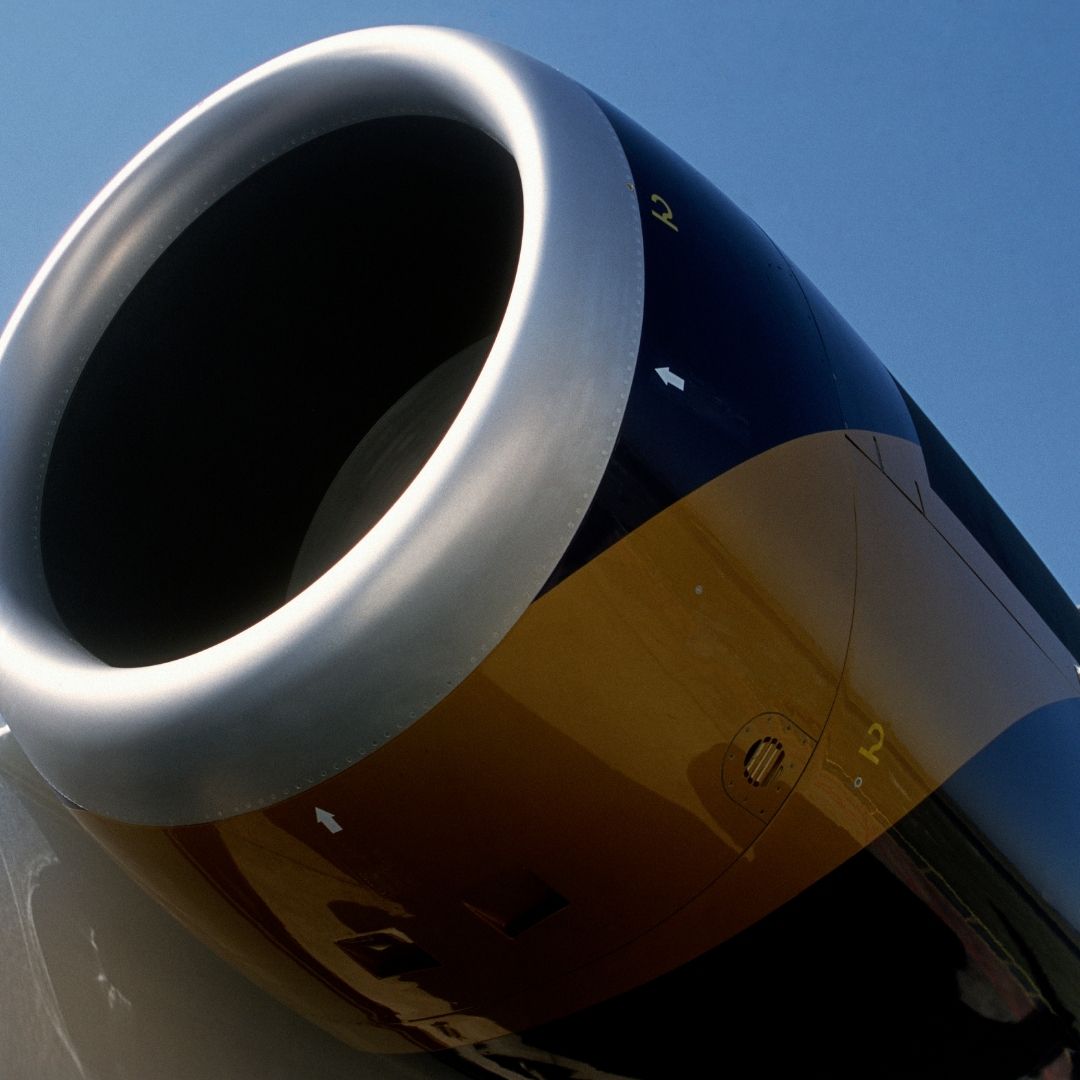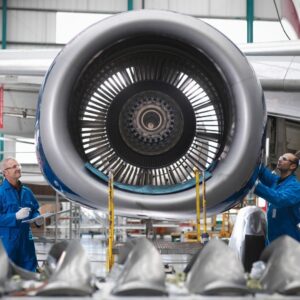At Wings of Aero, we provide comprehensive Spacecraft Guidance, Navigation, and Control (GNC) solutions that ensure precise trajectory planning, stable navigation, and accurate control of spacecraft during all phases of a mission. Our GNC systems integrate cutting-edge technologies to achieve mission-critical objectives with unparalleled accuracy and reliability.
Key GNC Services:
-
Guidance Systems:
- Trajectory Planning: Develop optimal guidance algorithms to compute the spacecraft’s flight path, ensuring efficient fuel usage and timely arrival at mission targets.
- Autonomous Guidance: Implement autonomous guidance capabilities for complex missions, enabling real-time trajectory adjustments based on mission objectives and environmental factors.
- Orbital Transfer and Maneuvering: Design and simulate orbital transfers, station-keeping, and rendezvous maneuvers, ensuring precise control during mission-critical events.
-
Navigation Systems:
- Onboard Navigation Algorithms: Develop navigation algorithms that integrate data from sensors like star trackers, GPS, and Doppler radars to determine the spacecraft’s position and velocity in real time.
- Inertial Navigation Systems (INS): Implement INS for precise navigation in space, using accelerometers and gyroscopes to calculate position and orientation without external references.
- Global Navigation Satellite System (GNSS): Utilize GNSS for precise spacecraft positioning and tracking, ensuring accurate navigation in low Earth orbit (LEO) missions.
-
Control Systems:
- Attitude Control: Design attitude control systems using reaction wheels, control moment gyroscopes (CMGs), and thrusters to maintain the spacecraft’s orientation and alignment with mission objectives.
- Thrust Control: Develop precise control algorithms to manage the spacecraft’s propulsion systems, ensuring accurate burns for trajectory corrections and maneuvers.
- Autonomous Control: Implement autonomous control systems that enable the spacecraft to make real-time adjustments to its trajectory and orientation without ground intervention.
-
Sensors and Actuators Integration:
- Star Trackers and Sun Sensors: Integrate high-precision star trackers and sun sensors to ensure accurate attitude determination and control.
- Gyroscopes and Accelerometers: Implement gyroscopes and accelerometers for real-time measurement of angular velocity and acceleration, crucial for control and navigation.
- Reaction Wheels and Thrusters: Design and integrate reaction wheels and thrusters for fine control of spacecraft orientation and maneuvers.
-
Simulation and Testing:
- Hardware-in-the-Loop (HIL) Simulation: Conduct simulations that combine real spacecraft hardware with software models to test the integration and functionality of GNC systems in mission-like scenarios.
- Software Simulation: Use advanced simulation tools to validate GNC algorithms and assess system performance under varying space conditions, including orbital dynamics and environmental disturbances.
-
System Integration and Testing:
- Full System Integration: Ensure seamless integration of guidance, navigation, and control subsystems, verifying compatibility and performance in both ground and in-orbit conditions.
- Pre-launch Testing: Perform rigorous pre-launch testing to validate GNC performance, including sensor calibration, actuator responsiveness, and navigation accuracy.
-
Autonomous Operations:
- Autonomous Navigation: Develop systems that allow spacecraft to autonomously determine its position and adjust its trajectory in real time, reducing reliance on ground control.
- Autonomous Maneuvering: Implement control systems that allow the spacecraft to autonomously execute complex maneuvers, such as docking, orbit transfers, and planetary landings.
-
Advanced GNC Capabilities:
- Optimal Control Algorithms: Utilize advanced control algorithms, such as Kalman filters and machine learning techniques, to enhance GNC accuracy and system performance.
- Adaptive Control: Develop adaptive control systems capable of adjusting to changing mission dynamics, environmental disturbances, or unexpected anomalies in space.
Benefits of GNC Systems:
- Precision and Reliability: Ensure the spacecraft maintains accurate navigation and control throughout the mission, reducing the risk of mission failure.
- Autonomous Operations: Achieve greater mission autonomy by minimizing reliance on ground-based control, especially for deep space and long-duration missions.
- Fuel Efficiency: Optimize fuel usage through precise trajectory planning and control, extending mission duration and reducing costs.
- Mission Flexibility: Enhance mission flexibility with real-time trajectory and attitude adjustments, allowing for dynamic responses to mission needs or external challenges.
Why Choose Wings of Aero for GNC Solutions? At Wings of Aero, we bring a wealth of expertise in GNC technology to ensure your spacecraft meets mission-critical objectives. Our advanced GNC solutions are tailored to the unique demands of each mission, providing unparalleled precision, reliability, and autonomy.
Contact Us: For inquiries about our Spacecraft Guidance, Navigation, and Control (GNC) services, please reach out to Wings of Aero today.






Reviews
There are no reviews yet.